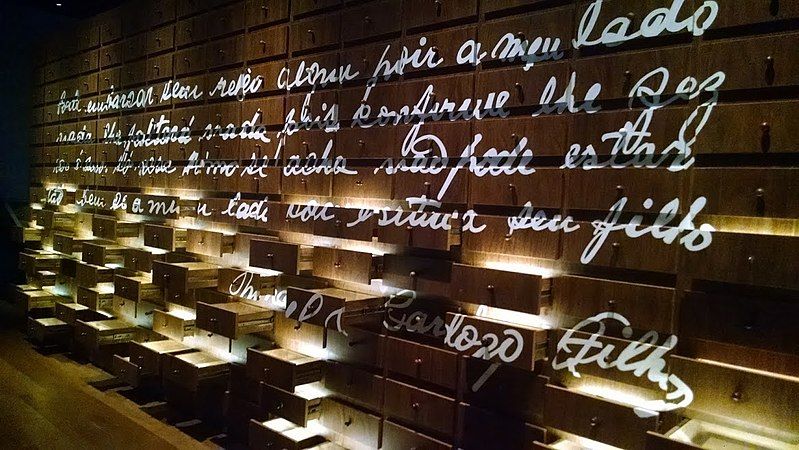About
The Immigration Museum of São Paulo is housed in the 19th-century Hospedaria de Imigrantes (Immigrant Inn), where migrants arriving in Brazil once lived while awaiting legal residency in the country. Today the building is a brilliant museum in their memory, where visitors can learn about the crucial role that immigration played in the modern history of Brazil.
The imposing grounds of the museum contain a large and beautiful garden with plants and trees from all over the world. A train station on the grounds maintains an authentic feel and even houses a steam train that once transported migrants from the ports to the immigration center. Over the decades, diverse groups of people disembarked from this train to live in the inn before they were given official permission to reside legally in Brazil.
Many of the newcomers (although not all) arrived under very difficult circumstances. Italian, Romanian, Irish, Lebanese, and Japanese migrants left behind the rural poverty of their homelands. The Portuguese fled a country that had been reduced to economic ruin by the stock market crashes of the '20s while Spaniards came escaping the carnage and chaos of the civil war. Armenians escaped the Middle East due to the genocidal policies of the Ottoman empire, while Russian and German Jews came fleeing the Tsarist pogroms, Stalinist purges, and the Nazi concentration camps.
Here in this atmospheric building, you can walk among the rows of beds where these people slept at night. You can glimpse the photo archive revealing the faces of the thousands of migrants who passed through the building for over half a century, and even read their letters. An exhibit on the quarantine hospital shows the vaccines, surgical instruments, operating tables, and medical supplies that the immigrants would have been treated with. Also displayed are the worldly possesions (donated by their families) that they brought from home, such as teddy bears, violins, gramophones, Japanese umbrellas, war medals, sewing machines, umbrellas, smoking pipes, and of course, portraits of loved ones.
One particularly interesting interactive display exhibit showcases the contributions that each of the different cultures made to the agricultural, artistic, and industrial progress of one of the most cosmopolitan and diverse nations on Earth. The museum is also notable for revealing the individual human stories of the immigrant experience. An audio exhibit features recorded interviews with the men and women who immigrated to Brazil as children, who recount their memories of arriving at the center and the difficulties and joys of adapting to life in the new country.
Related Tags
Know Before You Go
Take the metro (Red line direction Vermelha) to Bresser Mooca station. From there you can reach the museum on foot via a 10-minute walk down the Rua Visc de Paranaiba road until you reach the end. You won't miss the building as it is very distinctive and is signposted.
Published
September 10, 2019






























































































